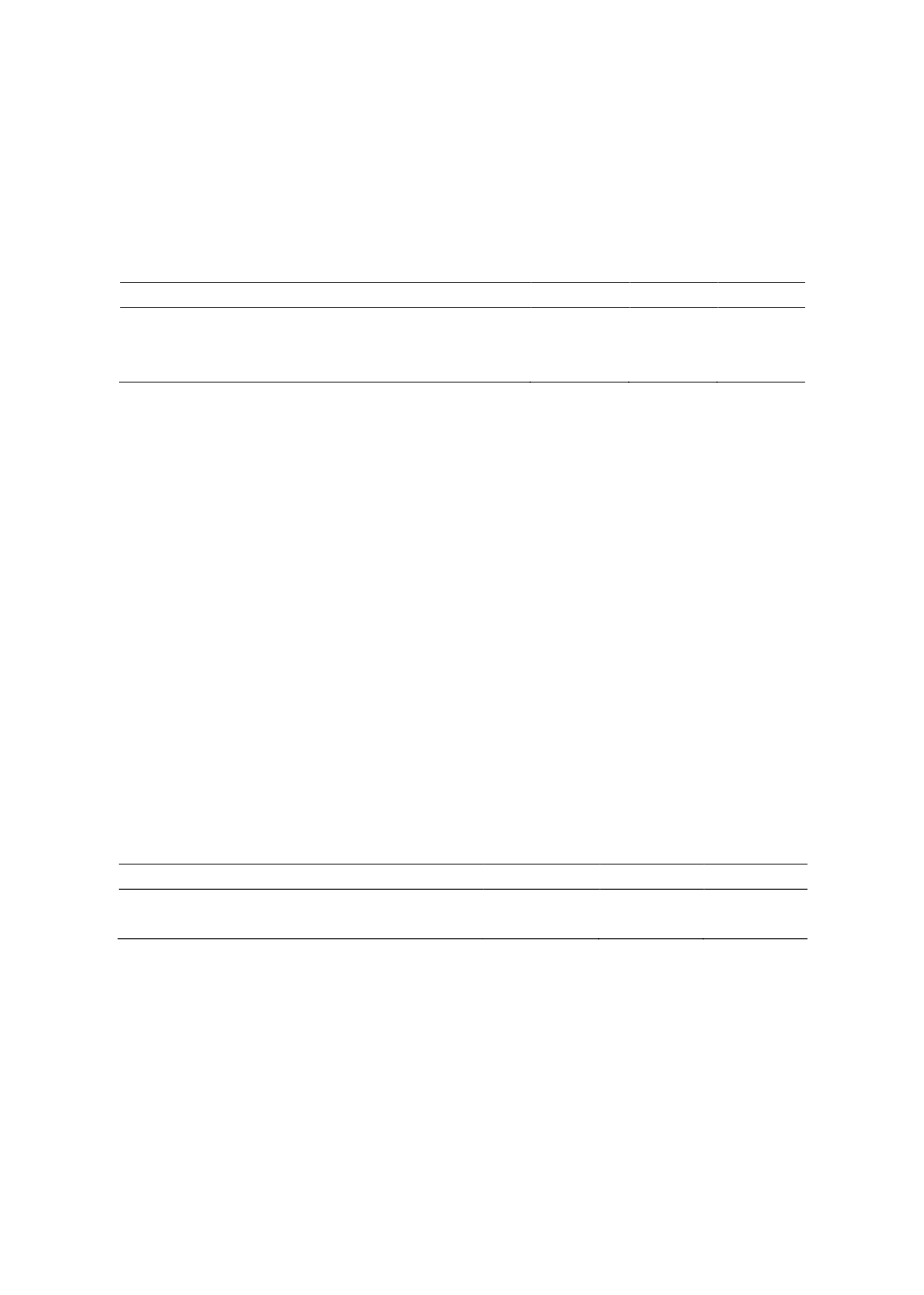

101
outcomes.
Table 3.2.1
shows that the percentage of UPSR candidates with minimum
competency level has increased between 2013 and 2015. This suggests improvement in student
performance. Student participant in the LINUS program has also improved (
Appendix Figure
4).
Table 3.2.1: Student Performance in Primary School Achievement Test (UPSR), 2013-2015
2013
2014
2015
% of Candidates with Minimum Competency Level
65.43
66.93
66.34
% of Candidates with all 'A's
9.15
7.89
8.65
National Average Grade
2.27
2.29
2.27
Source
: Quick Facts 2016, Malaysian Educational Statistics, MOE, page 29
However, there are achievement gaps between urban and rural schools. In the UPSR
examinations 2016, the achievement gaps between urban and rural schools drastically widened
by 26.3 percent in UPSR 2016 compared to 2012 (
Appendix Figure 5
). These gaps also vary by
region. The biggest achievement gaps were in the subject of mathematics and English language
(
Appendix Figure 6
). States with a higher proportion of rural schools, like Sabah and Sarawak,
on average, perform poorer than states with less rural schools.
One of the main factors that lead to such disparities is due to gap in mastery of English language.
In addition, the changes in the format of UPSR exam for English language paper also
compounded the problem. Prior to this, students only sat for one paper for English language.
However, starting from 2016, the English language has two separate papers: Comprehension
andwriting. These papers are graded separately. Further, commencing 2016, UPSR examination
has focused more on higher order thinking skills questions. This is consistent with the New
Primary School Standard curriculum which focuses on 4Rs (reading, writing, arithmetic and
reasoning) compared to previous curriculum which focuses only on 3Rs (reading, writing and
arithmetic). The findings suggested that most students in rural areas lacked exposure to the
usage of English language. The report also mentioned that teaching and learning process in the
schools are not consistent with the assessment methods. Some teachers and students still relied
heavily on route learning rather than the application of HOTS in teaching and learning. Some
teachers also have not fully internalized the standards set in KSSR.
Table 3.2.2: Student Performance in Secdondary School Certificate Test (SPM), 2013-2015
2013
2014
2015
Government Schools Candidates (% of Passes)
85.33
84.83
84.76
Private Schools Candidates (% of Passes)
87.88
87.19
86.03
Source
: Quick Facts 2016, Malaysia Educational Statistics, MOE
Table 3.2.2
indicates the percentage of passes for government schools remain high, ranging
between 84 and 85 percent across years. A similar trend is also observed for private school
candidates. Once again, the achievement gaps between urban and rural further narrowed by
22.9 percent by 2015, partly due to the improved performance by students in rural areas. Most
states continue to show progress with Federal Territories of Labuan and Putrajaya showing the
largest gains (
Appendix Figure 7
). Table 3.2.3 shows that percentage of passes for one subject
in STPM examinations increases over the years. It increases from 65.42 percent in 2013 to 82.2
percent in 2016.
















